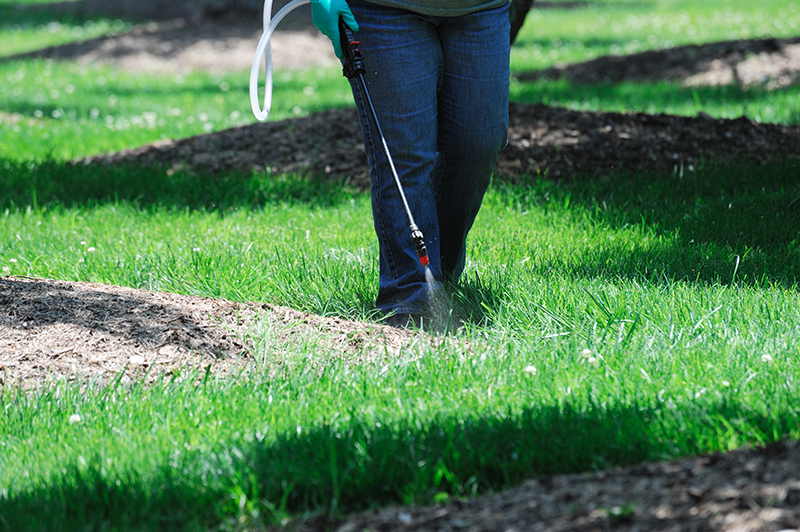Live in a PEST-FREE home
You shouldn’t have to coexist with pests in your home. Evergreen is here to help with pest control services for your Nacogdoches, TX, home.
You won’t even have to let us inside your house. We’ll stop bugs at the door with a protective property barrier spray that keeps pests outside—where they belong.
Contact us today to schedule a visit with one of our certified pest control technicians, who will evaluate your property for the best solution.
Evergreen’s Perimeter Pest Program
We stop bugs at the door with quarterly pest control treatments applied to the exterior of your home.
Our pest control technicians will start 10 feet from the perimeter, applying a treatment around the barrier of your home and all entry points, like windows, doors, and eaves.
We’ll come by anytime that is convenient for you, and you won’t have to worry about letting us into the house.
Our barrier protection spray is good for insects of all kinds, including:
- Roaches
- Pill bugs
- Centipedes and millipedes
- Crickets
- Spiders
- Ants
Contact us today to rid your home of pests.

We’ll Be Your Bug-Slaying Heroes
No more grabbing an old shoe to chase pests around in the middle of the night.
You can leave the bug-killing to us. We’ll make sure your sleep is undisturbed with our powerful perimeter protection spray that keeps bugs in their own environment and lets you enjoy yours.
If you’re looking for a home exterminator in Nacogdoches, TX, you can trust our certified pest control experts to safeguard your home. Contact us to schedule an appointment.
